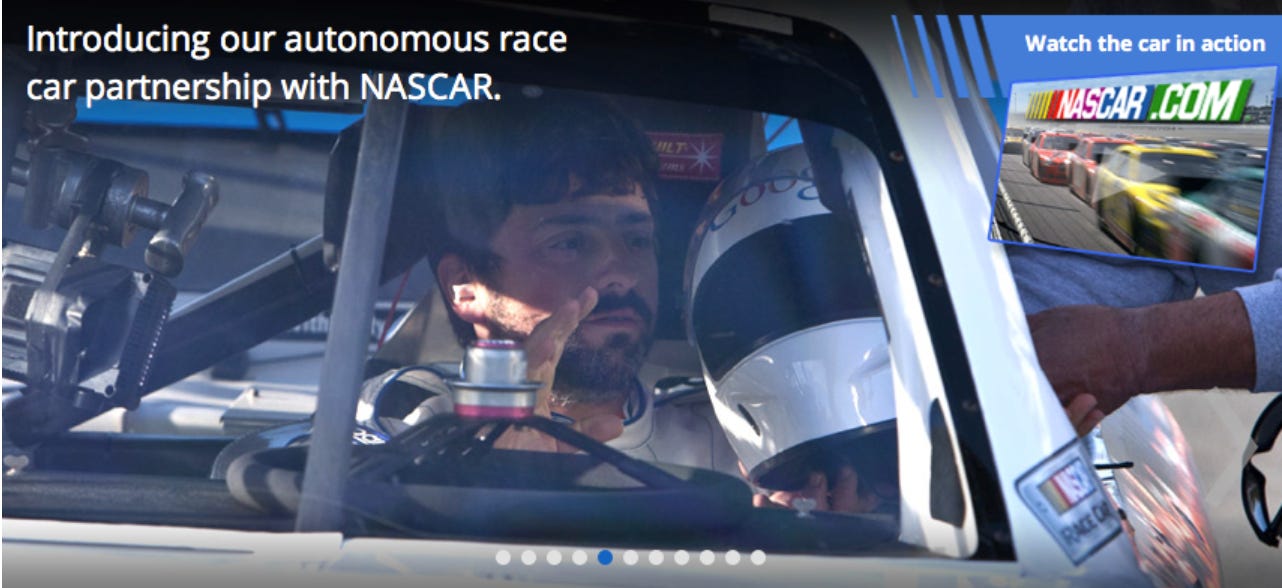April Fools
Break through the noise!
Hey Frens 👋,
Welcome back to First 1000!
One thing I have been curious about for the longest time is why and how things go viral.
With April Fools around the corner, the timing couldn’t have been better. So I rolled up my sleeves and delve into the world of virality and shareability.
The beauty behind things going viral— in the context of early startups— is that it is an almost level-playing. Bigger budgets, customer bases, and resources may help, but to a limited extent!
A company needs to go viral once to go from 0→1!
—
Framework
To help me understand the science behind virality, I leaned on the work of Ernest Dichter.
Ernest conducted one of the first large-scale studies on the motivations behind word of mouth. The study was reported in the Harvard Business Review back in 1966, 55 years later and his work is still relevant.
According to Ernest, there are 4 motivations for someone to talk about a product.
Product-involvement → First-hand experience using the product and the experience is so good and pleasurable that it must be shared.
Self-involvement → Sharing a product to gain attention, social capital or status.
Other-involvement→ Expressing neighborliness, caring, and friendship to others.
Message-involvement → Entertainment value or originality of ads/messaging is so humorous/informative that it deserves sharing.
Unjargging the findings in today’s context
Product involvement → Novel Product Experience
The more unique or innovative a product experience is, the more likely people talk about it once they try it out for themselves.
Self-involvement → Signaling Values or Character
Having early access to a coveted software or being a part of an exclusive Discord are all ways to express who we are on the public internet square.
Other-involvement → Caring for others
No explanation needed
Message-involvement → Message around Culture or Social Issue
I found Messages that strike a chord are often related to something happening right now (a part of pop culture), or tackle/address/talk about a widespread social issue.
Using Ernest’s framework, let’s investigate some of the creativity behind memorable April Fools.
Examples
Novelty in Product Experience
Status/ Character/ Values
Caring (or not) for others
Culture/In the moment/ Social Issue
Quick thoughts
I am yet to find a formula to come up with the actual creative, but at least now I have a roadmap (or at a minimum a starting point)
Step 1 would be answering these 4 questions:
What is novel about my product?
What role my product plays in users expressing their personality and/or character?
What is a creative way for my product be used to help non-target customers?
How can I play off current events in the context of my market?
Step 2 is to take those initial threads or answers and dial the answers up to 11!
Step 3 is sprinkling in a little bit of (preferably inside) humor.
Congrats! You got yourself a potentially viral April Fool!
Disclaimer
There isn’t always a clear cut between the different building blocks (the 4 core motivations Ernest discussed), but it often helps to anchor the Fool around one.
Mixing and matching is highly encouraged.
In fact, in many of the April Fools examples I shared, the creators mixed and matched 2 or more different aspects.
For instance, The Lawyer Fights Duolingo Owl is centered around a novel product experience (Duolingo Owl) and plays around something culturally relevant (0-800 lawyer commercials).
In the case of the Warby Parker Dog Glasses. The fool is centered around the viewer’s character (being a dog lover) whilst also playing in on the novelty of the product (affordable, high-quality glasses).
Can’t wait to see what you all come up with next year! Happy fooling in 2023!
Ali Abouelatta




